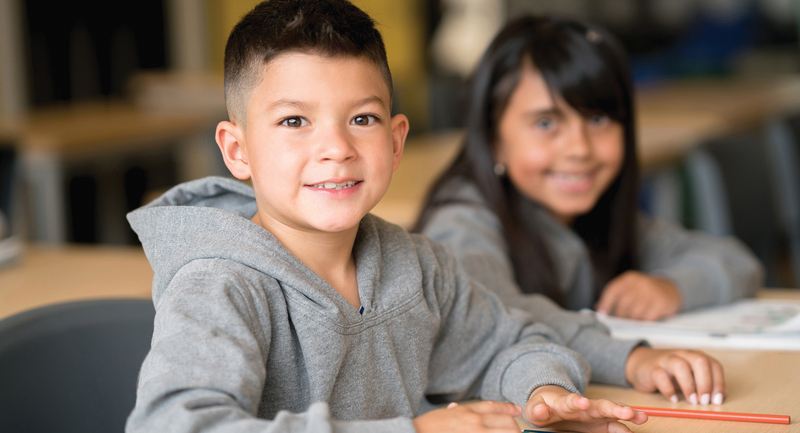Whether implicit or systemic, bias continues to shape many students’ learning experiences and outcomes. From curriculum representation to instructional practices, disparities in access to high-quality learning experiences often limit opportunities for students of color, multilingual learners, and those from under-resourced communities. In her seminal research, Gloria Ladson-Billings (2021) highlights how these students frequently encounter lower expectations, fewer enrichment opportunities, and limited access to engaging, technology-integrated learning experiences.
As educators, we have the power to counter these inequities by intentionally integrating inclusive, accessible resources into our teaching. One powerful free tool that can support this work is The Achievery, a free digital learning platform developed by AT&T. The Achievery offers engaging, standards-aligned video lessons designed to help educators access high-quality materials, expand representation, and create inclusive learning environments. This resource can be particularly useful in after-school and out-of-school settings, where access to high-quality materials is often lacking.
Bias in Learning Content and Student Access
Bias in education manifests in multiple ways, reinforcing inequities in learning opportunities. Some common educational biases include:
Curriculum Bias: Many instructional materials lack diverse cultural perspectives or reinforce stereotypes, making it harder for students to see themselves in their learning.
Access Disparities: Students in underfunded or out-of-school learning environments often have limited exposure to engaging, rich media-based instruction.
Instructional Inequities: Lower expectations and one-size-fits-all teaching disproportionately impact marginalized students, hindering their academic success.
Ladson-Billings (2022) emphasizes that culturally responsive instruction is more than just adding diverse materials—it requires an intentional shift in how educators teach and engage students. She describes three critical components:
Academic Success: Holding high expectations for all students while providing the necessary support to ensure their success.
Cultural Competence: Helping students see their own culture reflected in learning while fostering appreciation for other cultures.
Critical Consciousness: Encouraging students to analyze and challenge systemic inequities in education and society.
Educators must go beyond surface-level representation and actively create learning environments that affirm students’ identities and equip them with critical thinking skills. One way to do this is by integrating media-rich, engaging, and inclusive educational content.
Deepening Student Learning Opportunities
As an experienced educator, I conduct lesson reviews for The Achievery. I have found that it is both a reliable teaching resource and a catalyst for change. The platform helps educators address bias by:
Providing authentic representation. The lessons feature diverse voices, historical narratives, and perspectives often missing in traditional curricula.
Increasing accessibility. The platform offers free, high-quality digital content to bridge learning gaps for under-resourced students.
Fostering critical thinking. The materials encourage students to actively analyze problems and issues.
Educators can use The Achievery to expand their knowledge base and enrich student learning experiences. Some ways to apply the tool in the classroom include:
Incorporating lessons that include contributions of underrepresented figures and promote critical thinking about historical representations.
Encouraging student-driven reflections on identity and inclusivity, using guided questions and multimedia storytelling.
Using The Achievery’s flexible resources for differentiation, ensuring lessons meet diverse student needs through small-group instruction and independent learning activities.
Rather than being a static resource, The Achievery continually expands its content library, providing up-to-date, relevant materials that educators can use to foster more inclusive and engaging learning experiences.
Empowering Educators to Break Bias in Education
Bias in education is deeply embedded but not unchangeable. By intentionally integrating inclusive materials, fostering critical conversations, and leveraging free, high-quality digital tools like The Achievery, educators can create more equitable, engaging, and empowering learning experiences for all students.
The Achievery provides a structured way for educators to implement culturally responsive teaching strategies and equip students with the tools to recognize and challenge bias. To learn more, visit www.theachievery.com. 







